1 / 1
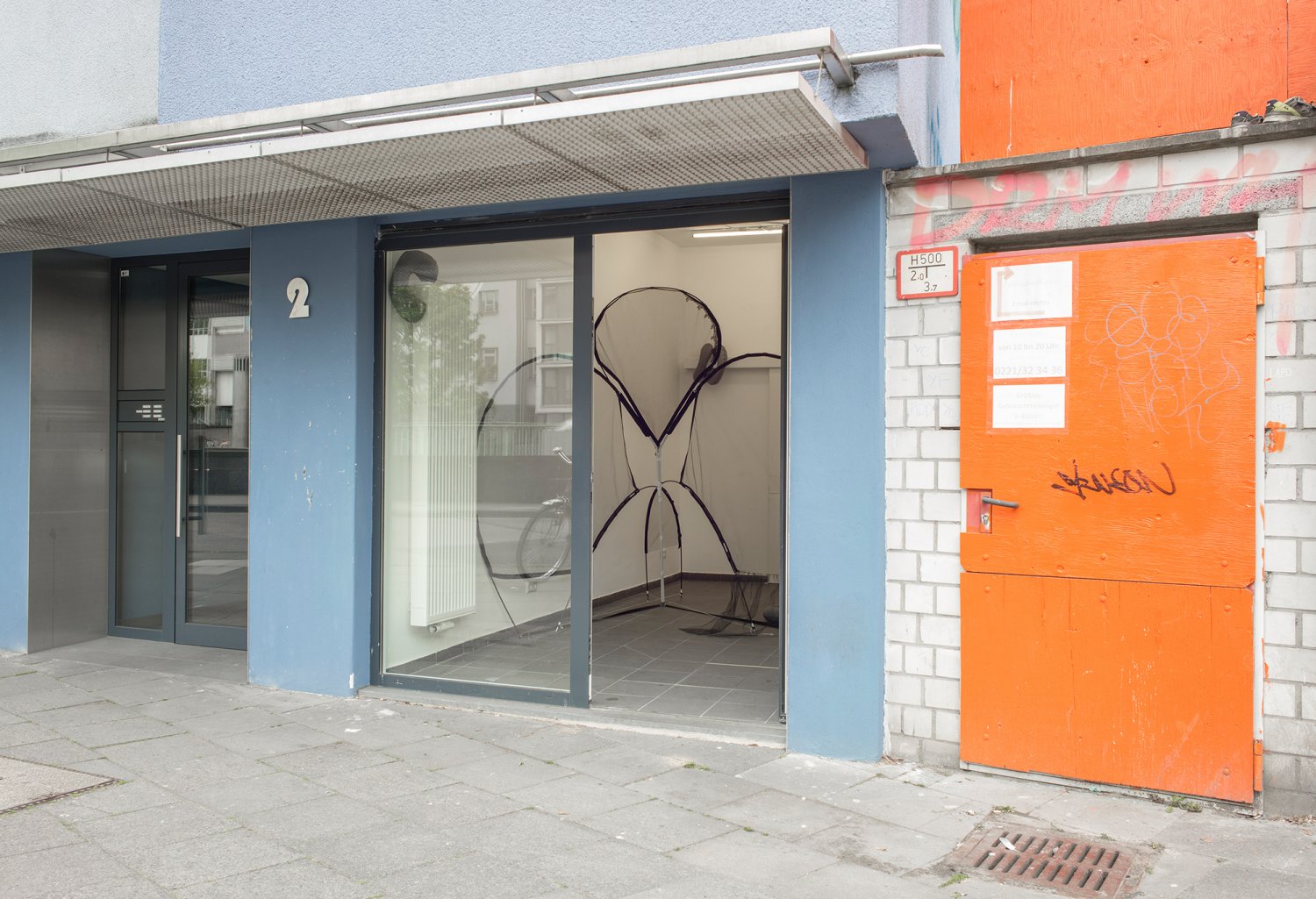
1 / 1
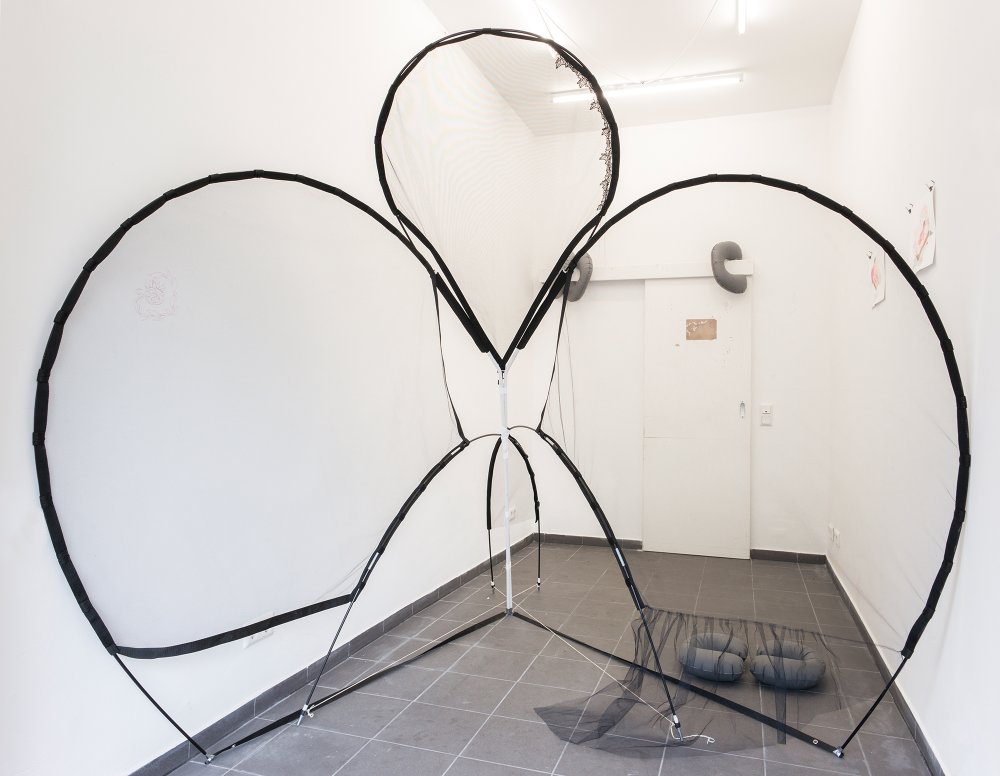
1 / 1
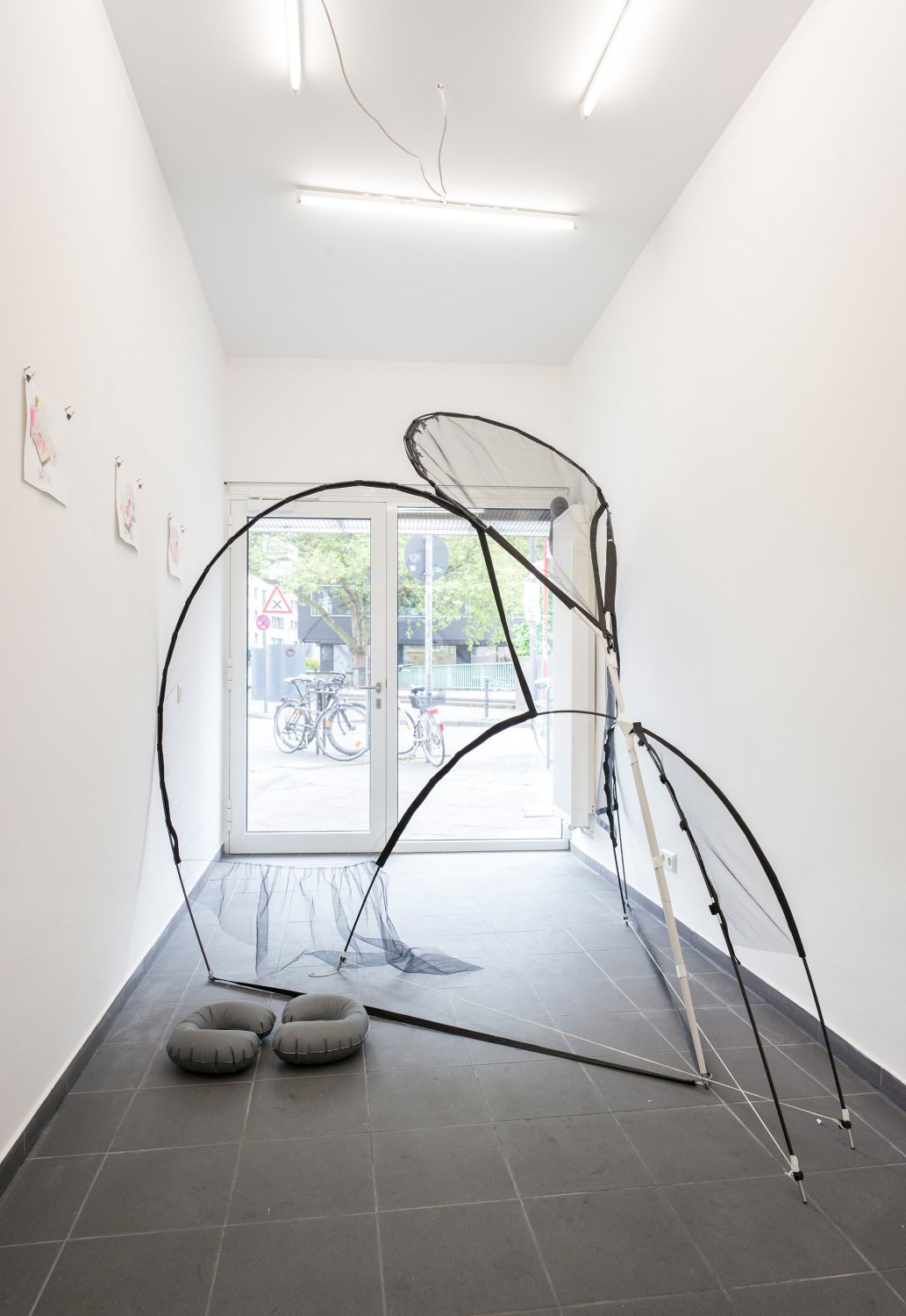
1 / 1
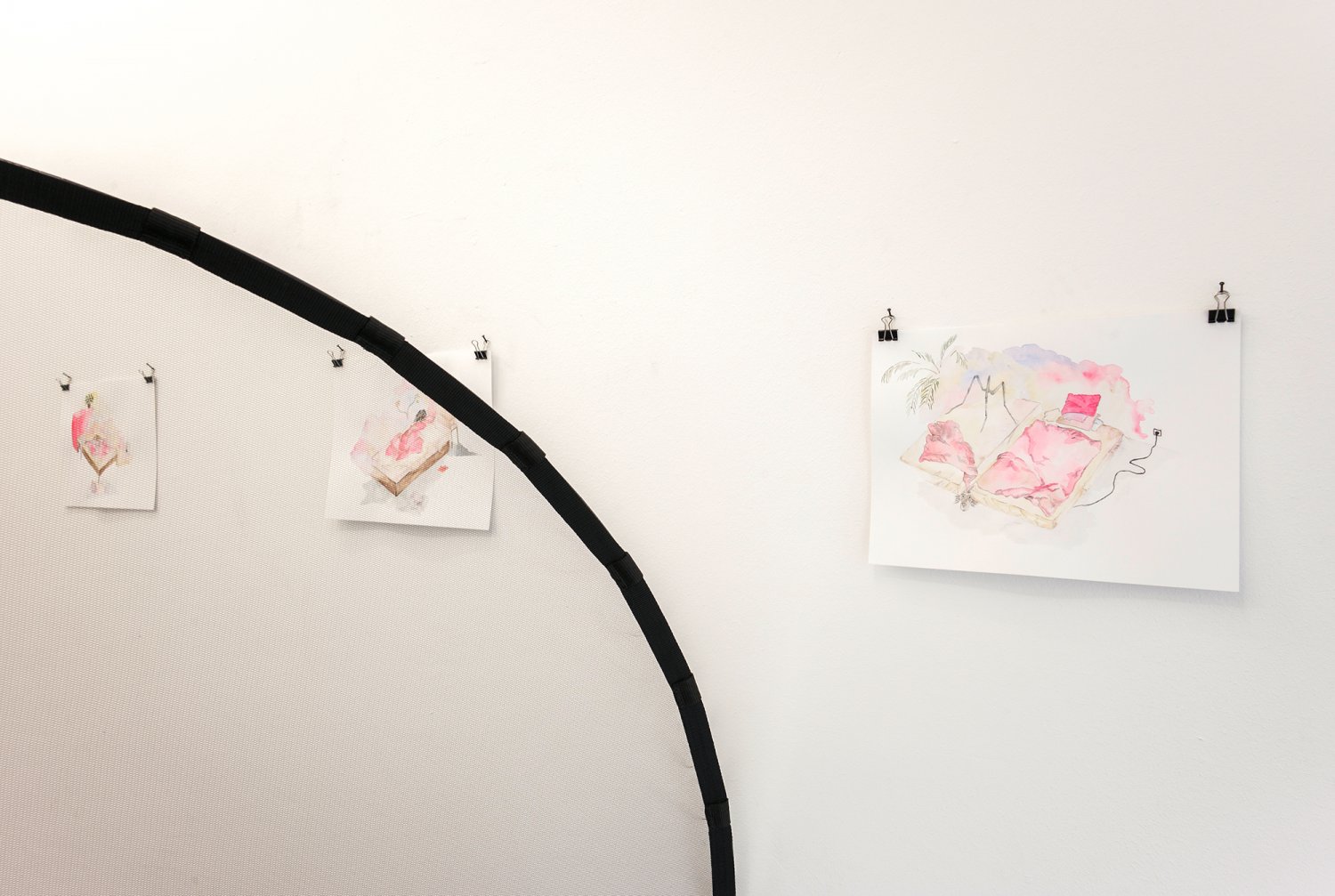
1 / 1
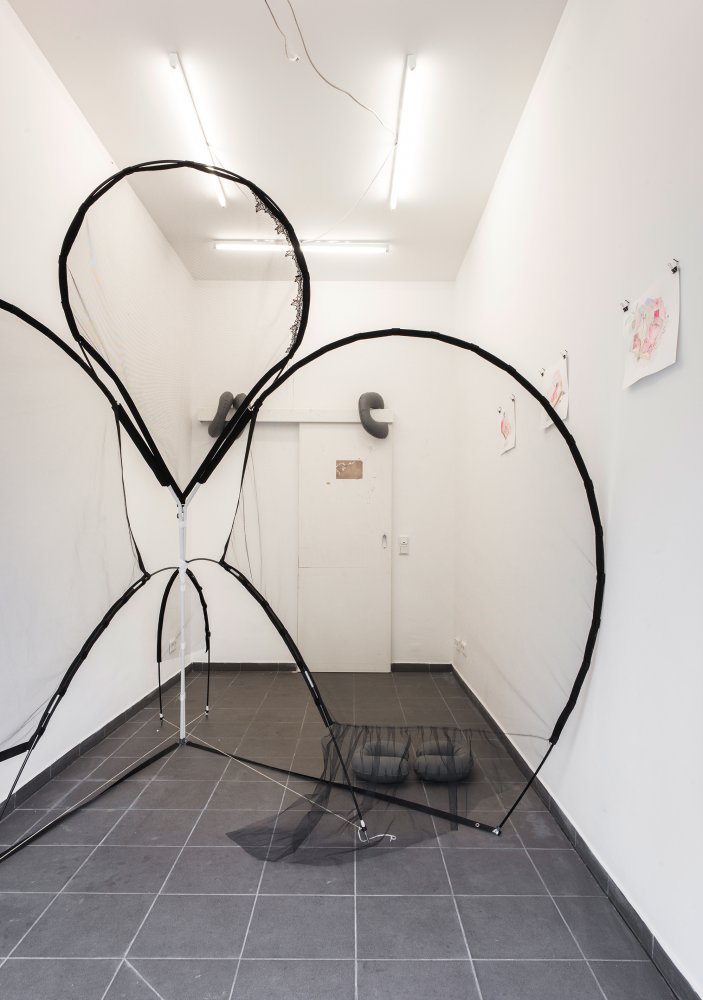
1 / 1
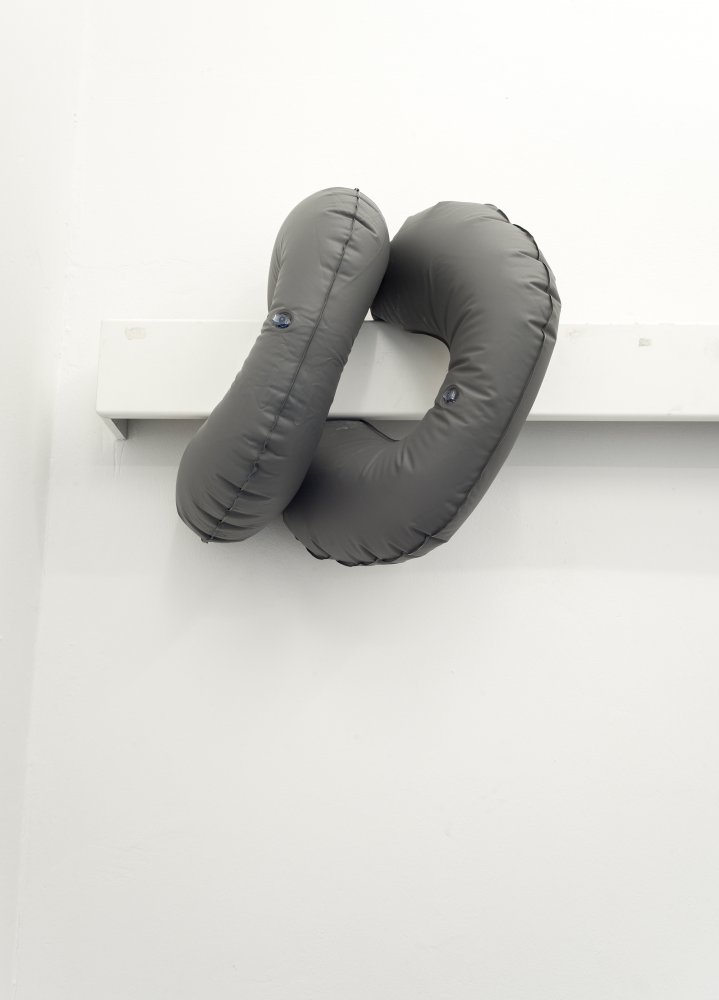
1 / 1
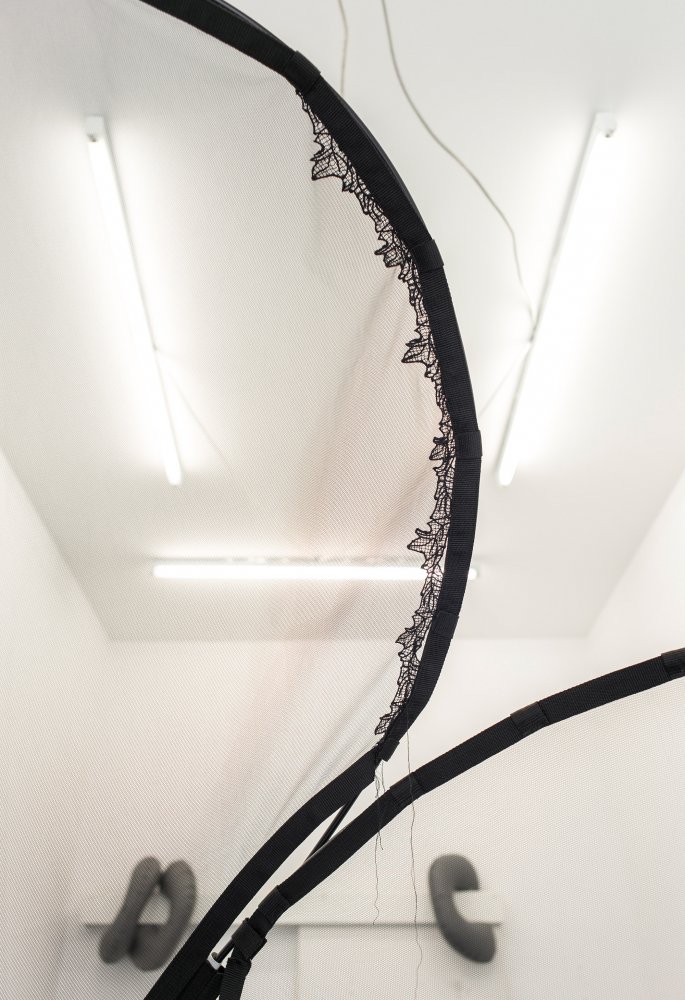
1 / 1
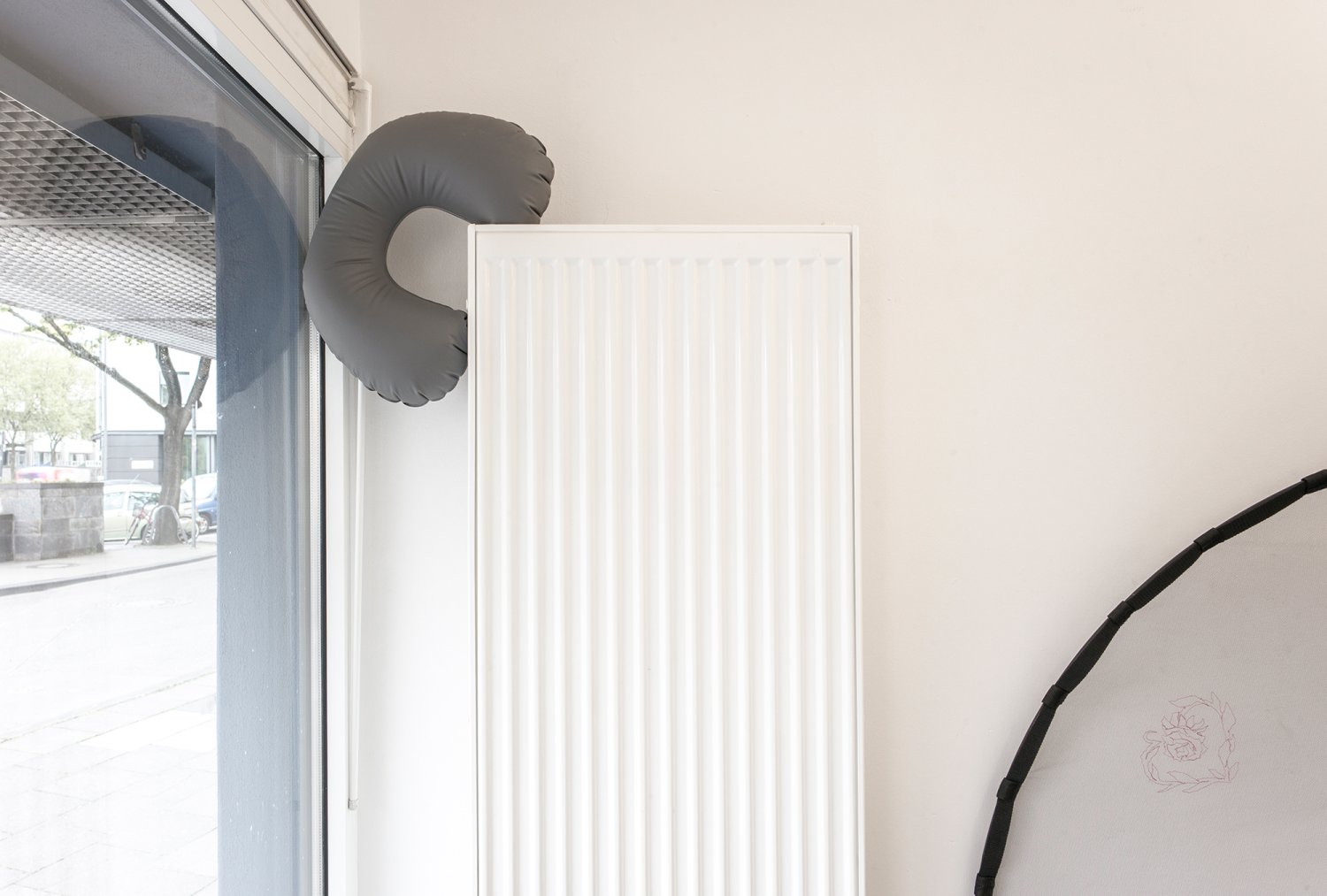
1 / 1
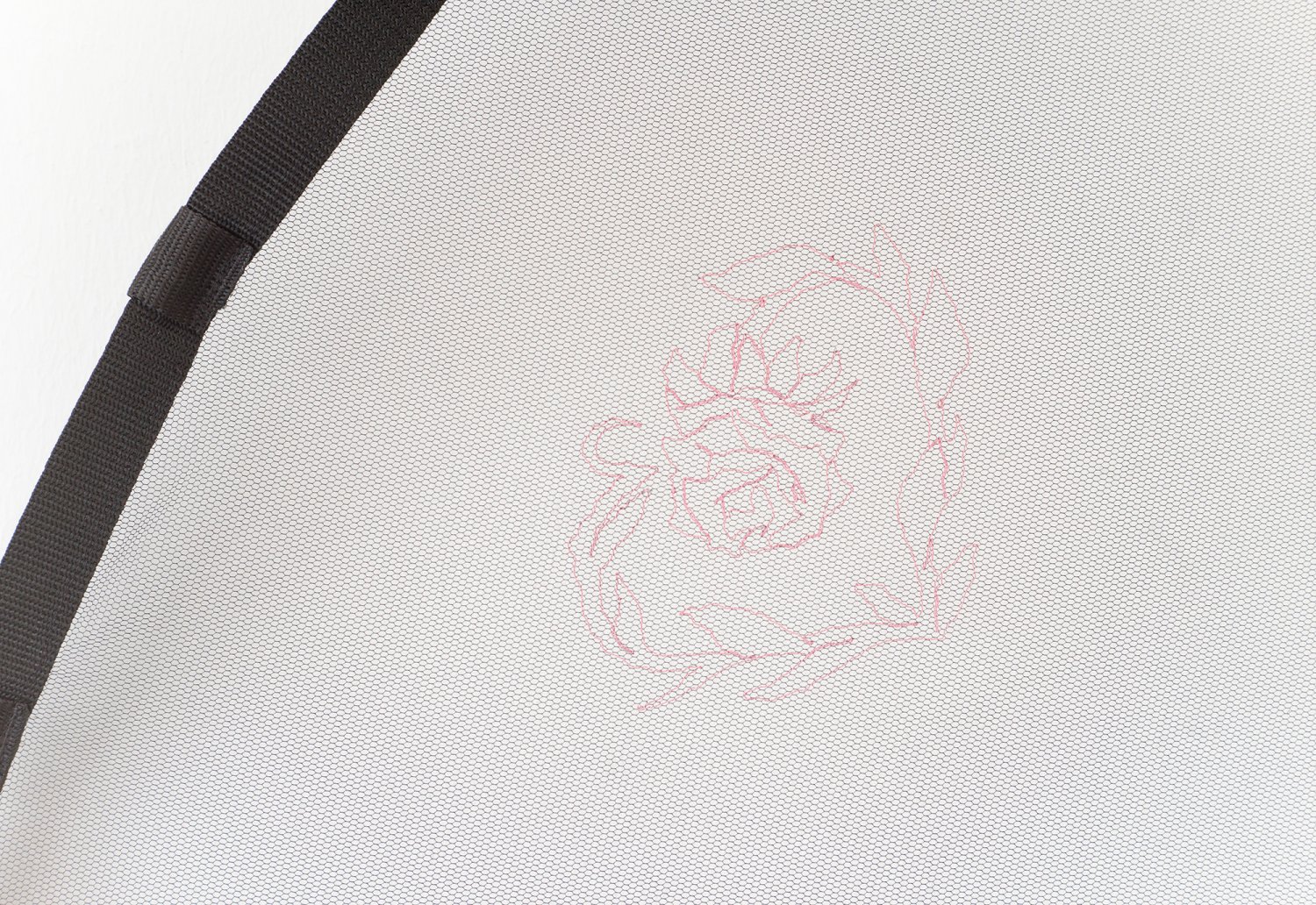
1 / 1
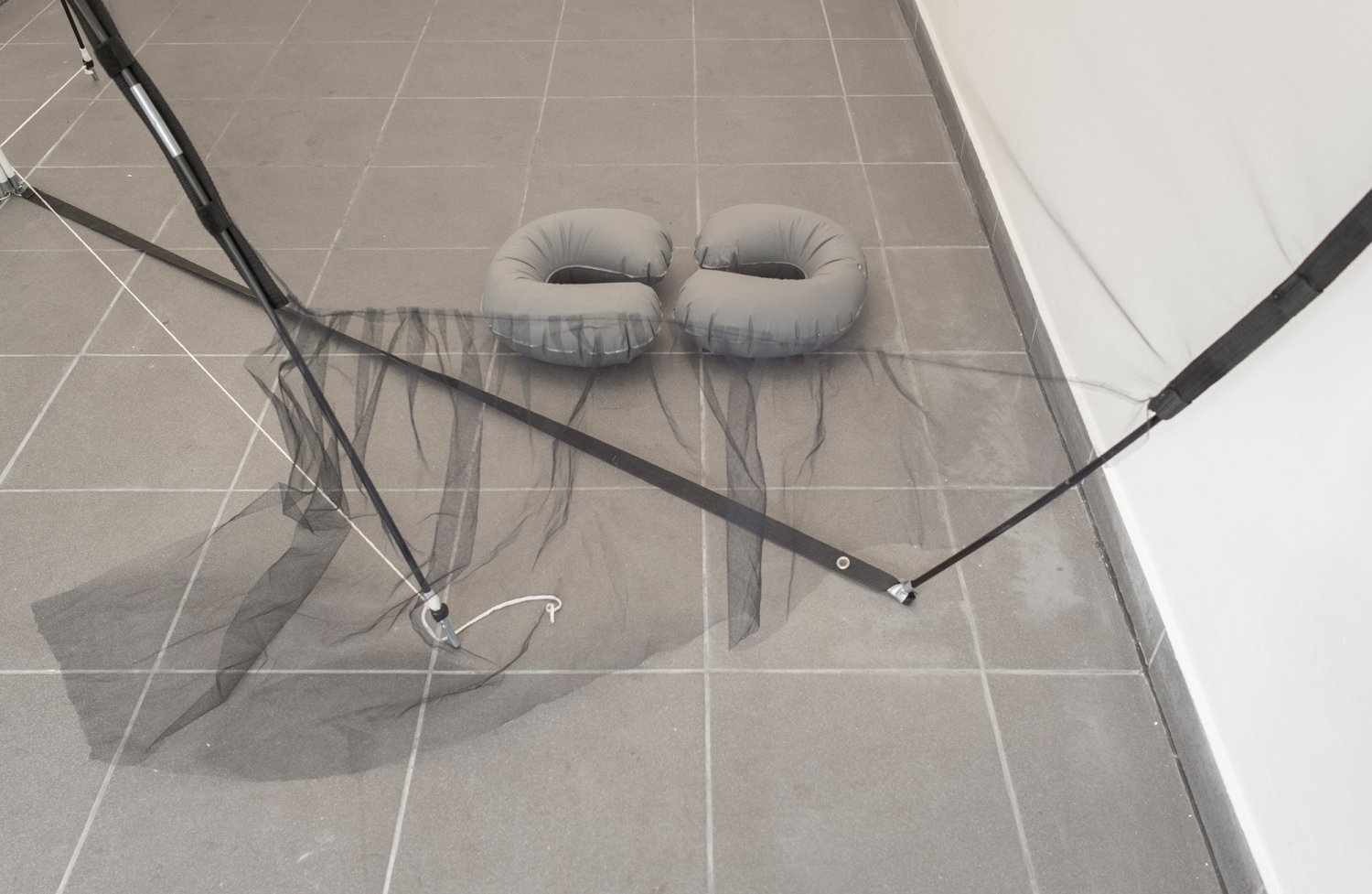
1 / 1
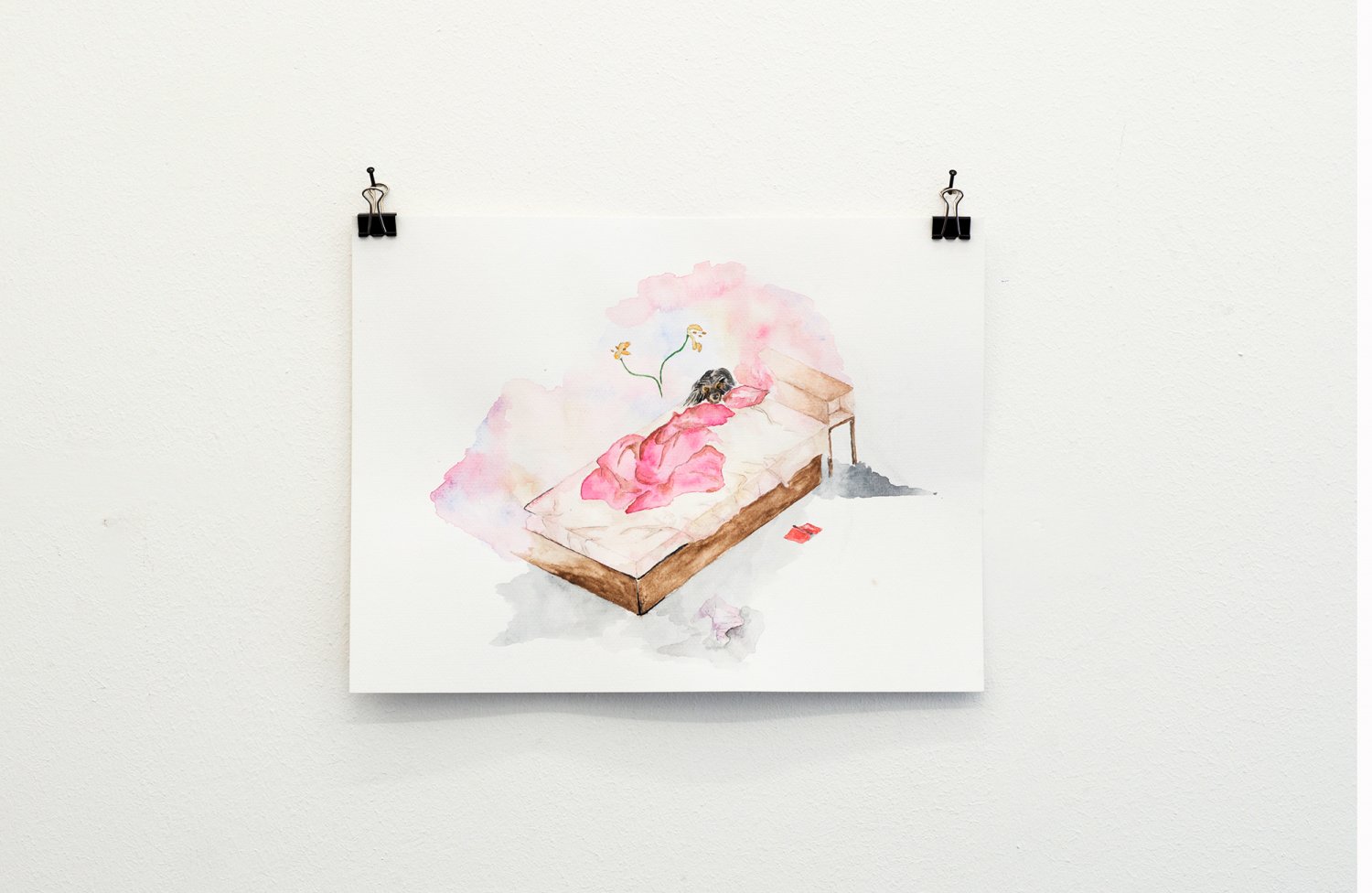
1 / 1
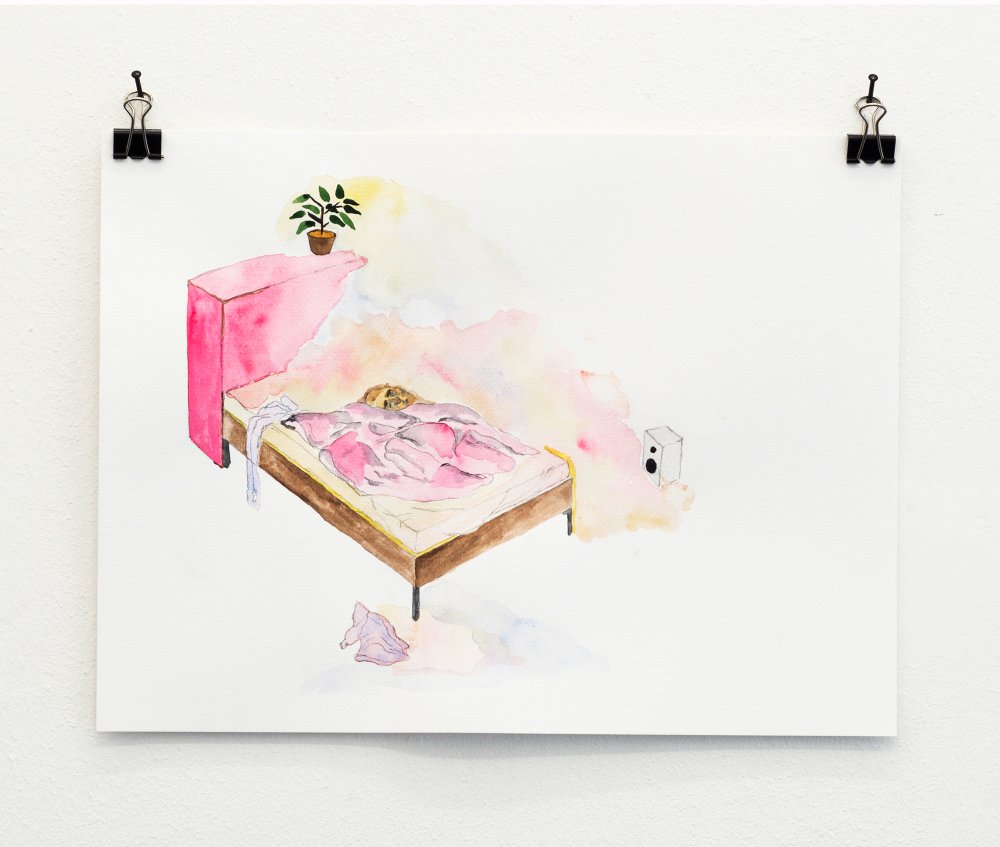
1 / 1
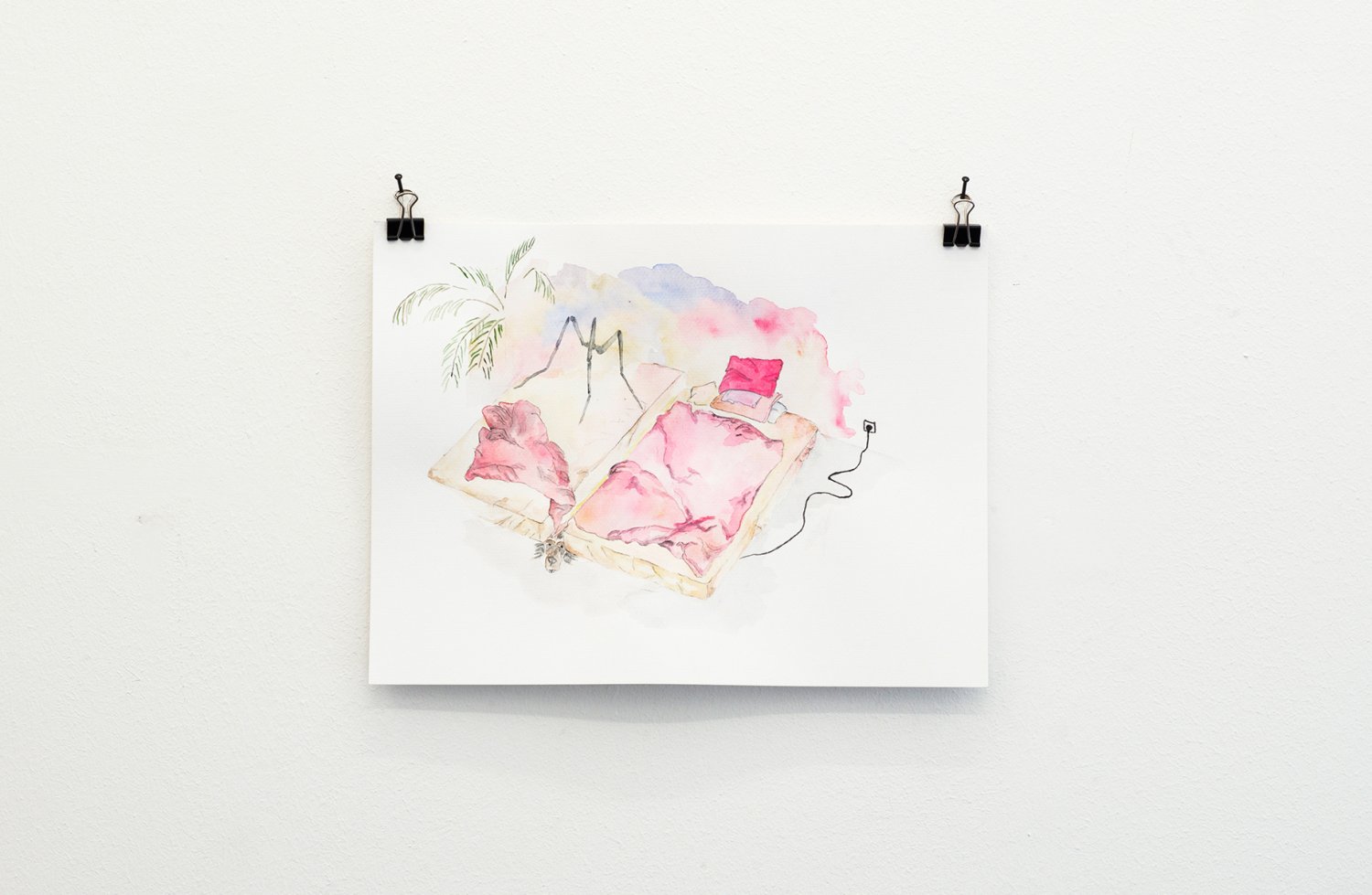
Was für ein Bett braucht der Mensch und wie schläfst Du eigentlich in fremden?
Das Wurfzelt ist möglicherweise einfach aufzubauen: indem man es nämlich auswirft. Nur wie faltet man es wieder zusammen? Manch ein Mensch verlässt schreiend den Ort des nächtlichen Lagers, das Wurfzelt hinter sich lassend. Freundschaften sind daran
zerbrochen. Sogar ganze Ehen.
Dabei macht uns das Zelt unabhängig von äußeren Umständen. Lässt uns zum Weltbürger mutieren, der möglicherweise oder mittlerweile heimatlos, freiwillig oder notgedrungen, durch Raum und Zeit vagabundiert. Der Eine auf der Flucht, die Andere aus eigener Dynamik.
Das Zelt, ein Raum, der intim erscheint und es doch nicht ist. Zunehmend raumgreifender und oft sehr feminin. Zugleich hat es etwas organisches durch seine Transparenz und die autonome Fortbewegung - man ist sozusagen für alles gewappnet.
Auch mag es etwas schwärmerisches haben in einem Zelt zu schlafen - eine gewisse Leichtigkeit - die sexuelle Phantasien auslösen darf. Man hört ja quasi alles.
Leicht transportabel, luftig und durchscheinend, mit besonders präparierter 'Haut',
kombiniert Duchovny Zeltstangen mit Tüllstoffen und lässt diese zu einer Skulptur werden.
Die 'Flügel' quetscht sie zwischen die Seitenwände des Ausstellungsortes Real Positive. Sie erinnern an einen Frauenkörper, der mit Tinte versehen ist - Verzierungen die wie
Tätowierungen aussehen. Die Skulptur wird praktisch von den Wänden eingeengt - das will sie aber garnicht, und muss deshalb dagegen ankämpfen. Ein Arbeitsprozess, der sie leicht erzittern lässt.
Die aufblasbaren Nackenhörnchen ( auch Reisekissen ) liegen kuschelnderweise,
zusammengesteckt, verteilt zu den Füßen der Skulptur auf dem Boden. Wesen, die
rumliegen wie Menschen oder Tiere.
In den Zeichnungen und Aquarellen malt Duchovny verschiedene Betten. Matratzen.
Mosquito - Beine. In denen sich sowas wie ein Zustand zwischen wach sein und schlafen
abspielt. Es sind keine Menschen zu erkennen. Die Tiere, die sich darin bewegen, wirken wie fantastische Tiere. Eine Transformation, die im Schlaf stattfindet? Unordentlich und improvisiert sieht es auf den Motiven aus. Eine Decke liegt zusammengeknüllt im Hier und man ist vielleicht gerade aufgestanden - noch nicht richtig wach. Vielleicht weiß man garnicht, wo man ist. Und im Jetzt ist ein Ort oder vielmehr eine Situation.
Obgleich die Vorstellung sein Zuhause überall zu haben etwas romantisches und
praktisches hat, ist das Leben in einem Zelt sicherlich nicht das komfortabelste.
Möglicherweise eine Lösung mit der Schnelligkeit der Welt und mit den Umständen ein Künstler zu sein, global leben und umgehen zu können.
*****
What kind of bed does a human need and how do you sleep in unfamiliar beds?
A pop-up tent can be easy to build. That is to say, you just throw it down.
But how do you fold it back up? Many a camper has left their night’s campsite in a fit,
the pop-up tent abandoned in their wake. Friendships are ruined this way. Even entire marriages.
Tents make us independent of exterior circumstances. They enable us to transform
into world citizens, ones that are often, or just temporarily, itinerant, freely, or perforce,
set astray through time and space—some on the run, others by their own accord.
The tent is a space that appears intimate but is not. It is constantly expanding
and often very feminine. At the same time, it has something of an organic feel with its transparency and the autonomy of movement it allows—you are armed for anything,
so to speak. There is also something lyrical about sleeping in a tent, a certain levity that
can stir sexual fantasy. You hear it all, basically.
Duchovny combines tent poles with netting and forms them into sculptures that are easily transportable, light and translucent, with a specially prepared “skin.” She squeezes the fly between the side panels of Real Positive’s exhibition space. It is reminiscent of a female
figure accented with ink—ornamentation that resembles tattoos. The sculpture is effectively constricted by the walls, but against its will so it is forced to be resistant. A work process
that makes it tremble slightly.
The inflatable crescent-shaped cushions (travel pillows) lie nestled together, dis- tributed on the floor around the foot of the sculpture: beings that lay around like humans or animals.
In her drawings and watercolours, Duchovny paints different beds. Mattresses.
Mosquito legs. A state in-between wakefulness and sleep plays out in them. No humans
appear to be present. The animals moving inside the work have a fantastical effect.
A transformation that takes place in sleep? The motives appear untidy and improvised.
A blanket lies crumpled as if you had just gotten up, not yet fully awake. Maybe you don’t
know where you are. And “in the now” is a place, or rather a situation.
Although there is something both romantic and practical in the idea of having a home anywhere, life in a tent is surely not the most comfortable. Given life’s fast pace and the conditions of being an artist, it may, however, possibly be a solution to live and get around
the world.
Das Wurfzelt ist möglicherweise einfach aufzubauen: indem man es nämlich auswirft. Nur wie faltet man es wieder zusammen? Manch ein Mensch verlässt schreiend den Ort des nächtlichen Lagers, das Wurfzelt hinter sich lassend. Freundschaften sind daran
zerbrochen. Sogar ganze Ehen.
Dabei macht uns das Zelt unabhängig von äußeren Umständen. Lässt uns zum Weltbürger mutieren, der möglicherweise oder mittlerweile heimatlos, freiwillig oder notgedrungen, durch Raum und Zeit vagabundiert. Der Eine auf der Flucht, die Andere aus eigener Dynamik.
Das Zelt, ein Raum, der intim erscheint und es doch nicht ist. Zunehmend raumgreifender und oft sehr feminin. Zugleich hat es etwas organisches durch seine Transparenz und die autonome Fortbewegung - man ist sozusagen für alles gewappnet.
Auch mag es etwas schwärmerisches haben in einem Zelt zu schlafen - eine gewisse Leichtigkeit - die sexuelle Phantasien auslösen darf. Man hört ja quasi alles.
Leicht transportabel, luftig und durchscheinend, mit besonders präparierter 'Haut',
kombiniert Duchovny Zeltstangen mit Tüllstoffen und lässt diese zu einer Skulptur werden.
Die 'Flügel' quetscht sie zwischen die Seitenwände des Ausstellungsortes Real Positive. Sie erinnern an einen Frauenkörper, der mit Tinte versehen ist - Verzierungen die wie
Tätowierungen aussehen. Die Skulptur wird praktisch von den Wänden eingeengt - das will sie aber garnicht, und muss deshalb dagegen ankämpfen. Ein Arbeitsprozess, der sie leicht erzittern lässt.
Die aufblasbaren Nackenhörnchen ( auch Reisekissen ) liegen kuschelnderweise,
zusammengesteckt, verteilt zu den Füßen der Skulptur auf dem Boden. Wesen, die
rumliegen wie Menschen oder Tiere.
In den Zeichnungen und Aquarellen malt Duchovny verschiedene Betten. Matratzen.
Mosquito - Beine. In denen sich sowas wie ein Zustand zwischen wach sein und schlafen
abspielt. Es sind keine Menschen zu erkennen. Die Tiere, die sich darin bewegen, wirken wie fantastische Tiere. Eine Transformation, die im Schlaf stattfindet? Unordentlich und improvisiert sieht es auf den Motiven aus. Eine Decke liegt zusammengeknüllt im Hier und man ist vielleicht gerade aufgestanden - noch nicht richtig wach. Vielleicht weiß man garnicht, wo man ist. Und im Jetzt ist ein Ort oder vielmehr eine Situation.
Obgleich die Vorstellung sein Zuhause überall zu haben etwas romantisches und
praktisches hat, ist das Leben in einem Zelt sicherlich nicht das komfortabelste.
Möglicherweise eine Lösung mit der Schnelligkeit der Welt und mit den Umständen ein Künstler zu sein, global leben und umgehen zu können.
*****
What kind of bed does a human need and how do you sleep in unfamiliar beds?
A pop-up tent can be easy to build. That is to say, you just throw it down.
But how do you fold it back up? Many a camper has left their night’s campsite in a fit,
the pop-up tent abandoned in their wake. Friendships are ruined this way. Even entire marriages.
Tents make us independent of exterior circumstances. They enable us to transform
into world citizens, ones that are often, or just temporarily, itinerant, freely, or perforce,
set astray through time and space—some on the run, others by their own accord.
The tent is a space that appears intimate but is not. It is constantly expanding
and often very feminine. At the same time, it has something of an organic feel with its transparency and the autonomy of movement it allows—you are armed for anything,
so to speak. There is also something lyrical about sleeping in a tent, a certain levity that
can stir sexual fantasy. You hear it all, basically.
Duchovny combines tent poles with netting and forms them into sculptures that are easily transportable, light and translucent, with a specially prepared “skin.” She squeezes the fly between the side panels of Real Positive’s exhibition space. It is reminiscent of a female
figure accented with ink—ornamentation that resembles tattoos. The sculpture is effectively constricted by the walls, but against its will so it is forced to be resistant. A work process
that makes it tremble slightly.
The inflatable crescent-shaped cushions (travel pillows) lie nestled together, dis- tributed on the floor around the foot of the sculpture: beings that lay around like humans or animals.
In her drawings and watercolours, Duchovny paints different beds. Mattresses.
Mosquito legs. A state in-between wakefulness and sleep plays out in them. No humans
appear to be present. The animals moving inside the work have a fantastical effect.
A transformation that takes place in sleep? The motives appear untidy and improvised.
A blanket lies crumpled as if you had just gotten up, not yet fully awake. Maybe you don’t
know where you are. And “in the now” is a place, or rather a situation.
Although there is something both romantic and practical in the idea of having a home anywhere, life in a tent is surely not the most comfortable. Given life’s fast pace and the conditions of being an artist, it may, however, possibly be a solution to live and get around
the world.